Never Retire: Go Where the Day-to-Day Keeps You Engaged
If the daily rhythm doesn’t make you feel alive, it’s not the right place to grow old.
En la historia del Never Retire newsletter de hoy, vamos a comenzar desde el principio con español.
In today's Never Retire newsletter story, we are going to start from the beginning with Spanish.
Por qué?
Porqué necesito estudiar más. Estoy intentando practicar mi español con la gente en San Francisco, pero, como en Los Angeles, no es fácil. Nadie sabe que estoy aprendiendo y nadie parece cuidar.
Why?
Because I need to study more. I am trying to practice my Spanish with people in San Francisco, but, like in Los Angeles, it's not easy. Nobody knows that I'm learning and nobody seems to care.
Entonces… usaré mis historias—mi trabajo—para aprender.
So… I will use my stories—my work—to study.
At the end of today’s post, you’ll see how I’m using ChatGPT to learn Spanish. It has been effective.
In the next installment, we’ll address the idea of living somewhere you don’t like—or worse—temporarily as the means to a long-term or some other end.
I’m not selling a dream—I’m documenting a shift. If you’re thinking seriously about how you want to spend the second half of your life, subscribe to Never Retire.
It’s not about dropping out. It’s about living the kind of life you want for the duration.
In today’s Never Retire newsletter story, we discuss a few everyday experiences that drive home how much environment—physical, social, and cultural—shapes the life you're able to lead. They illustrate just how different it is here versus Spain from the perspective of place, which we covered in the last installment.
Walgreens in San Francisco looks and feels like a maximum security bank. Terrible.
For the record, this isn’t on San Francisco. I lay blame on Walgreens for being dramatic.
From time to time, I hear people say that Spaniards don’t complain much in hospitality settings.
I call bullshit.
This empty claim is merely part of the stereotype many Americans love to perpetuate about Europeans.
They don’t make as much money as Americans, which is why prices in—for example—Spain are so low. (Since when did corporations anywhere—especially in the US—price food, drink, products, and services based on what people can afford)? It’s as if these poor Europeans are subject to such an inefficient, peasant-like welfare state grind every day that they’re willing to take whatever slop or poor service people put in front of them.
I call bullshit, and not because Spaniards don’t send their soup back in a diner.
But because they don’t have a lot to complain about in hospitality settings. They save their complaining for things that actually matter. Like when a right wing government incompetently mismanages a flood warning effectively killing hundreds of people. Or when a right wing government threatens changes to healthcare that they don’t agree with.
As the story often goes, it’s typical American projection disguised as superiority.
It’s in the United States where a right wing regime is literally dismantling anything good about the country to barely a peep of resistance.
It’s in the United States where you’re treated like a pig being pushed through a trough at eating time in restaurants that have clearly colluded—even if unintentionally—on price. Walk around San Francisco, look at menus and you’ll see that pretty much everything costs $15, $20, $25 or more.
The baseline for salads and sandwiches is about $15. The baseline for dishes such as pasta is about $20. The baseline for pizzas is about $25. And the baseline for anything else is typically $25 or more. Quality doesn’t matter. Neither does service. If you label it salad, sandwich, pasta or pizza it costs $15, $20, or $25.
We watched as a restaurant in the neighborhood here unloaded an ingredient delivery. It looked like an inside job after a Costco run. Not an order coming from a distributor—large scale, specialty or otherwise—as you might expect. It’s an indication that at least some restaurants here are going as low-cost and quality as they can on ingredients.
When they’re wheeling boxes of Thomas’s English muffins into the restaurant, you have to wonder if you really should be dropping $15 or $20 for your plate. When your LA digestive issues that went away upon arrival in Spain in January come back after just a few days in SF, you really know you shouldn’t be dropping $15 or $20 on your plate.
When you can’t find a place to eat after 10 p.m., you realize that not only is this not a late night culture like in Spain, it’s a lifeless culture. The vanilla tech culture that dominates this city has managed to suck the soul out of it, especially from a (not even that) late night perspective.
And it’s not just me making stuff up.
Consider this from an October 2024 SF Gate article that touched on the issue—
Owner Christian Albertson said the changes to the neighborhood started even before the pandemic, with the Mission’s demographics shifting from restaurant workers and artists to tech workers. A decade ago, Monk’s Kettle used to see a late-night rush of restaurant workers coming in for a drink or meal after a shift. That disappeared in the past few years. By the end of 2023, delivery made up a third of its overall sales.
“It just shows the demographic of the city, the customer behavior,” Albertson said. “It’s a city full of people that don’t want to go out. They just want to get on their phone, get something delivered and stay at home.”
Eso es! Right on. This. Exactly!
This is not a city you want to live in if you seek vibrancy during most hours of the day and night—no matter your age.
It's definitely not a city to live in if you think the core components of a vibrant city—as discussed the other day—will keep you engaged and alive for the duration.
And here's the thing—
None of this is about longing for some romanticized European ideal. It’s about infrastructure. Culture. Everyday access. It’s about living somewhere that doesn’t treat basic quality of life like a luxury product.
In Spain, the food isn’t just better. It’s built into the day. The service isn’t just better. It’s genuine. The late-night energy isn’t just more fun—it’s a sign that people want to be out.
That’s why I can’t stop writing about this stuff. Because the more I see the U.S. with new eyes, the more convinced I am:
This isn’t just about retiring in Spain or living abroad.
It’s about making sure the second half of life doesn’t feel like settling.
Never Retire means putting yourself in the right place—with the right built and social environments, rhythms, and norms—to stay inspired and energized by everyday life that feels like a permanent vacation.
Ojalá que disfrutaste esta historia de el boletín de Never Retire. Mi objetivo es mostrarte como viviendo en España me hace sentir. Déjame saber las cosas te gustaría leer sobre en Never Retire.
I really hope that you enjoyed this Never Retire newsletter story. My objective is to show you how living in Spain makes me feel. Let me know the things you would like to read about in Never Retire.
Hasta ahora—se acabó.

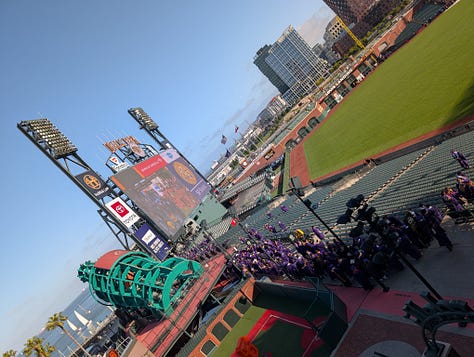
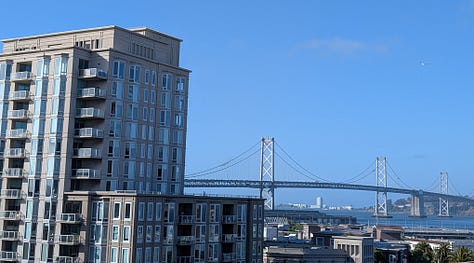


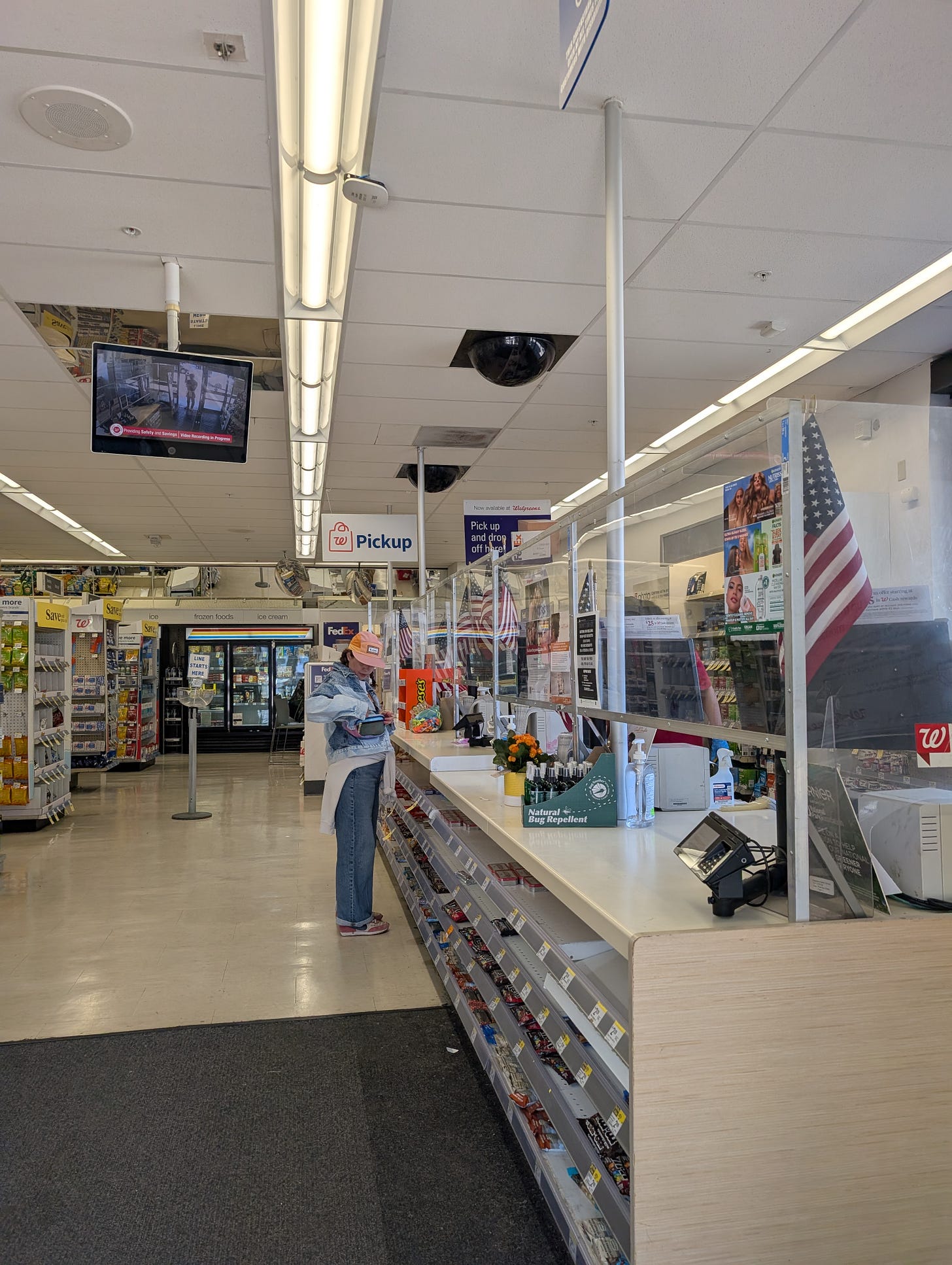

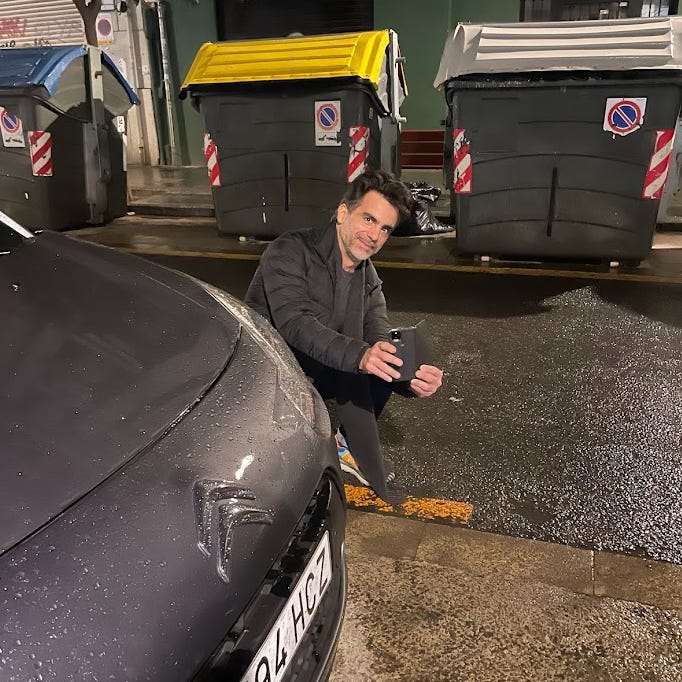
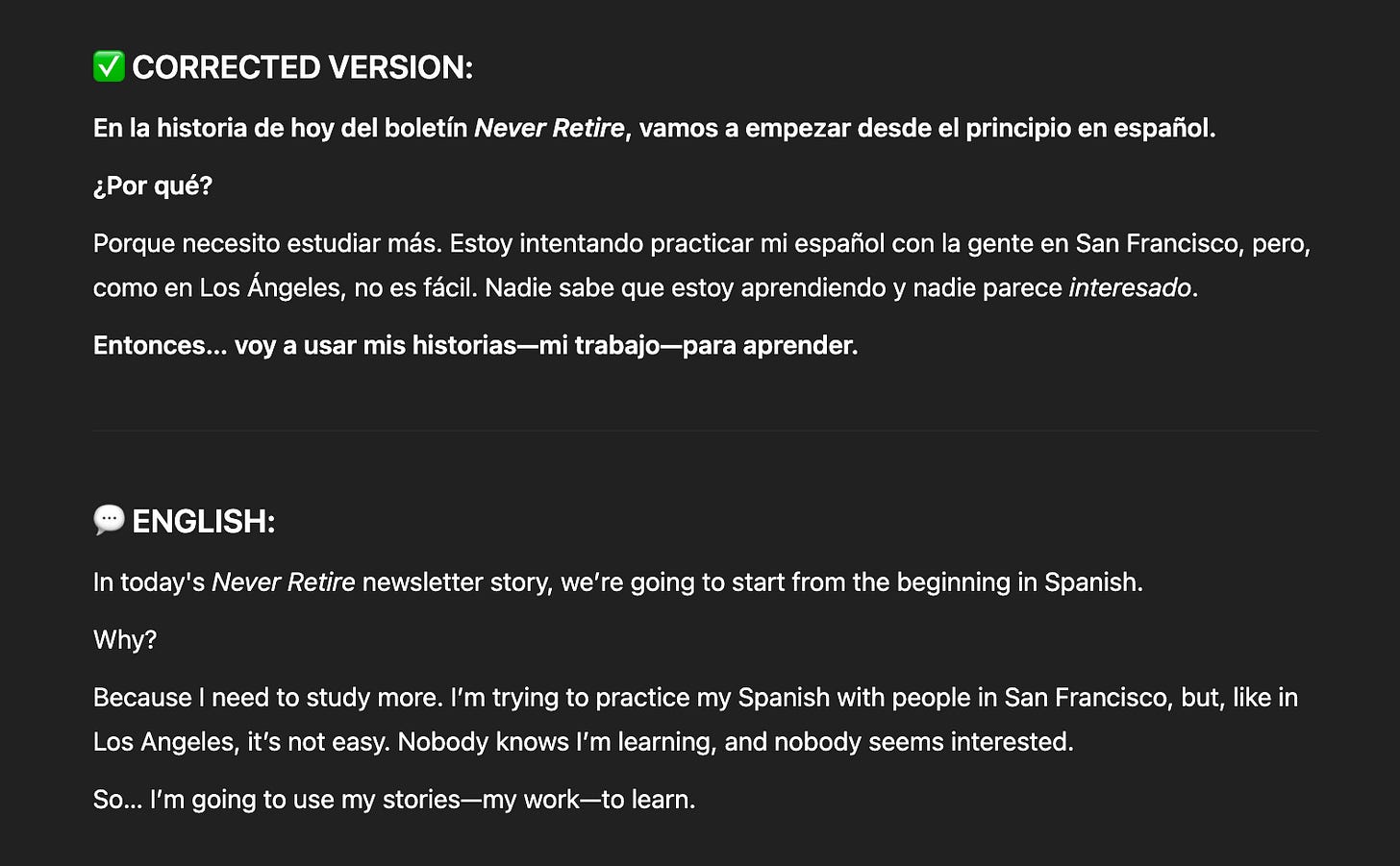

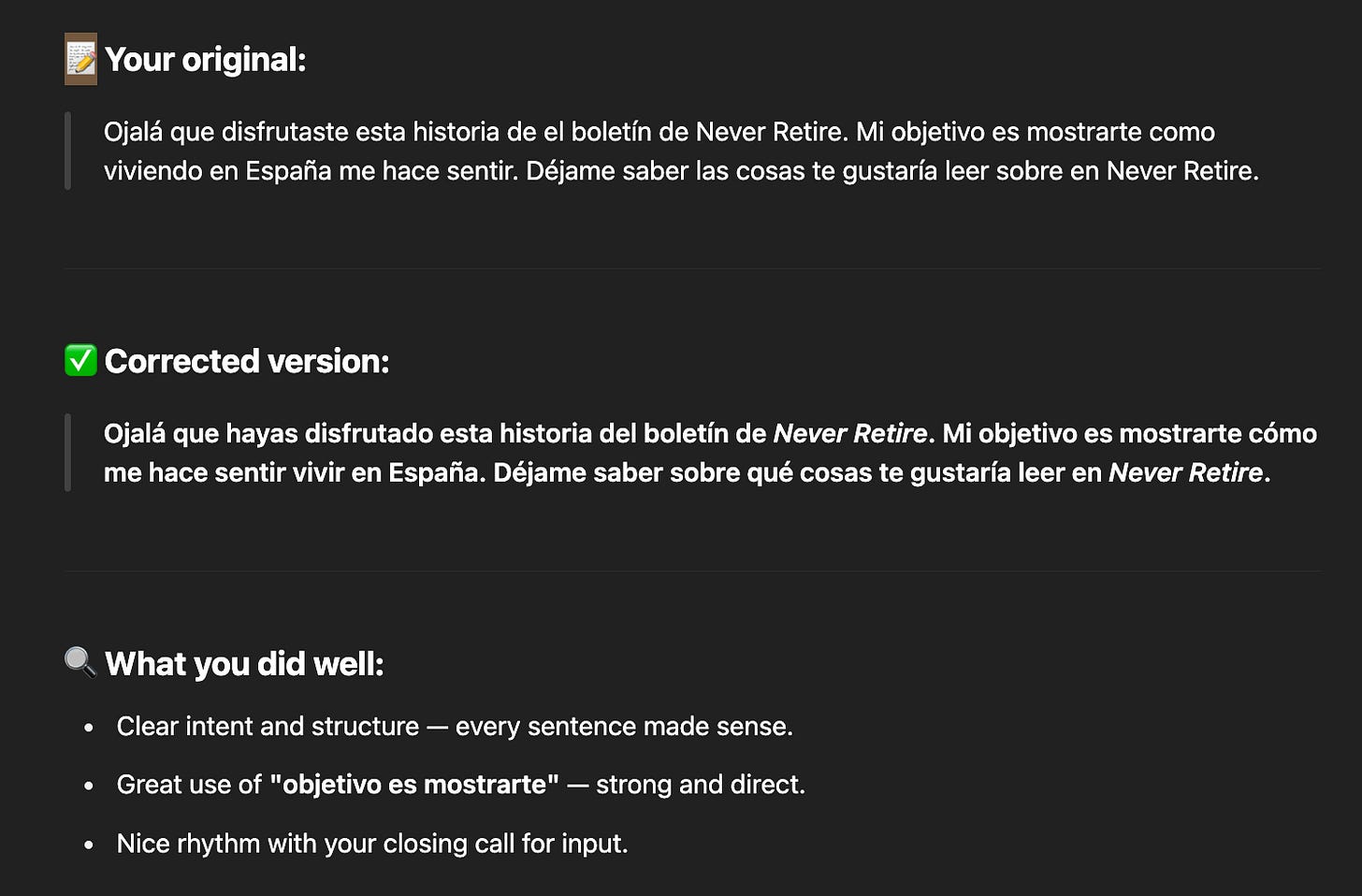
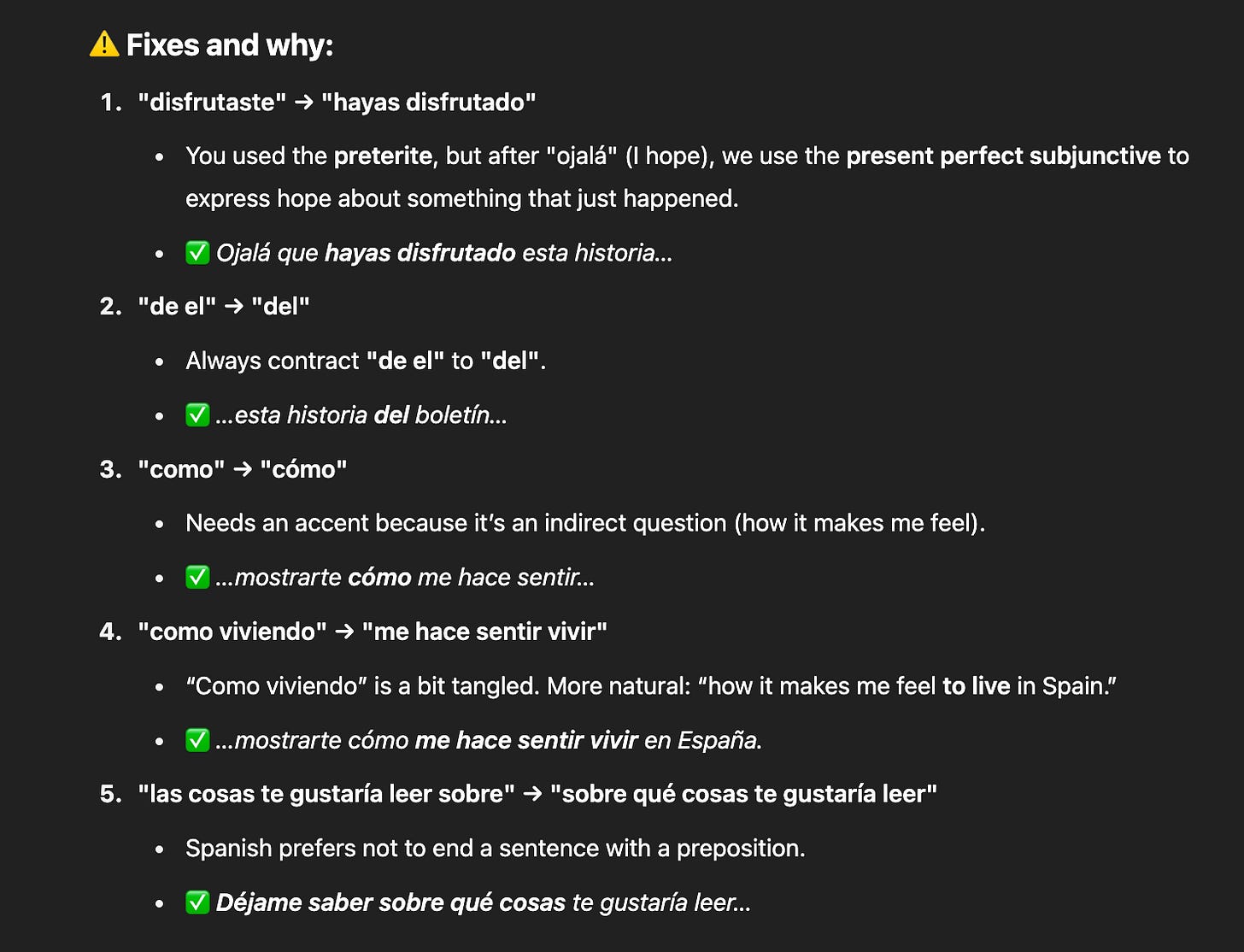
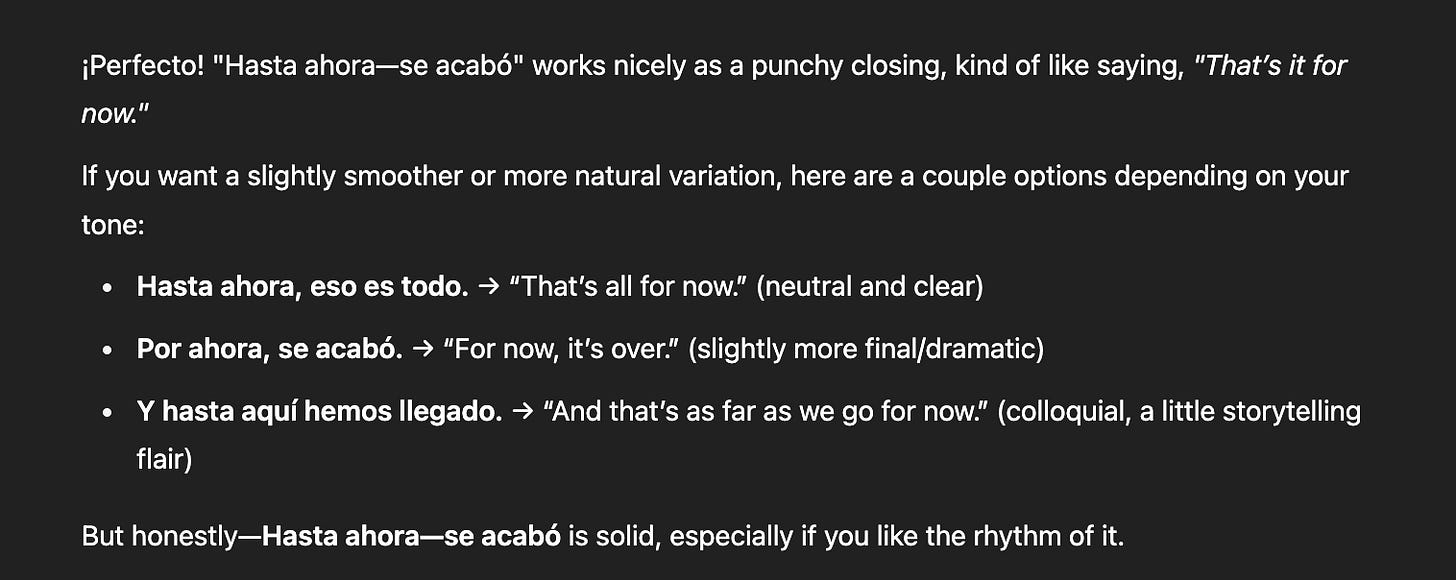
Americans (collectively) are high on our own supply. I hate what we're dealing with right now, but if it means a bit less of a superiority complex, then maybe it'll be worth it.
As I read this, the thought occurred to me that the delivery phenomenon is a bit like the home office phenomenon. If it is too easy not to get out of the house then we don’t. Of course if you need to jump in the car to go and get your food, then I can understand why you might order it. When we lived in New York City, there was a lot of delivery, but that really was in place of cooking rather than in place of going out.
So part of the challenge is accessibility and part is mentality.